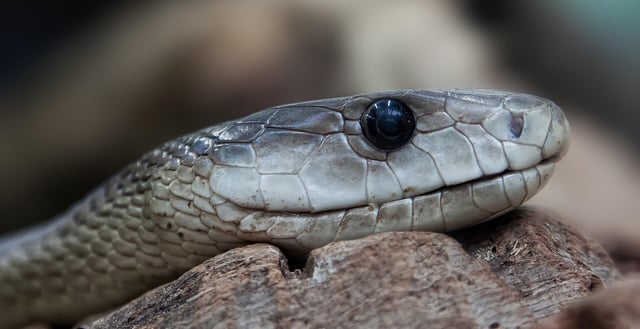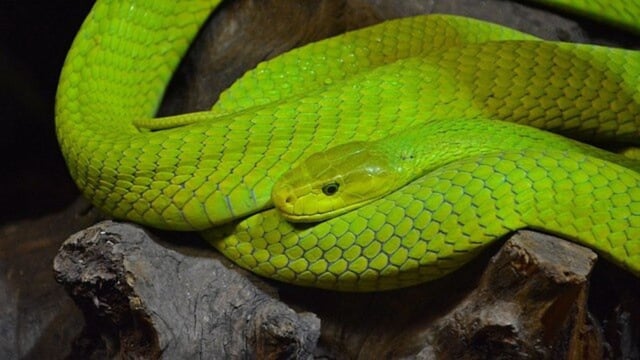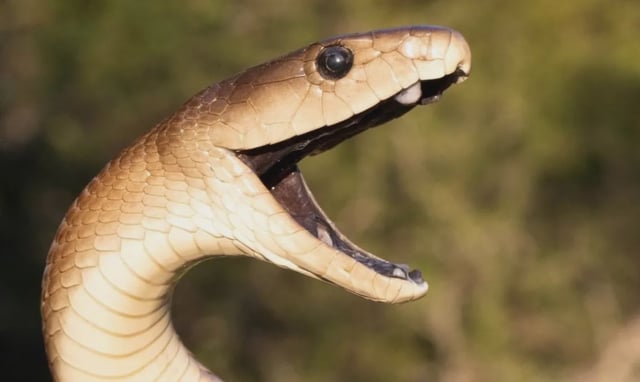Overview
- University of Queensland researchers tested venoms from all four mamba species and three African antivenoms, finding the presynaptic, spastic-paralysis component remains unneutralised.
- Black, western green and Jameson’s mambas were shown to cause both postsynaptic flaccid paralysis and presynaptic spastic paralysis, clarifying why some patients worsen after initial improvement.
- Mechanistic analyses indicate postsynaptic toxins block nicotinic acetylcholine receptors while presynaptic toxins boost acetylcholine release, leading to muscle spasms and respiratory compromise.
- Venom function varied by geography, notably between Kenyan and South African black mambas, complicating region-specific effectiveness of existing polyvalent antivenoms.
- Researchers urge enriched or redesigned antivenoms and exploration of monoclonal antibody approaches, warning that limited ventilator access and funding constraints hamper care in high-burden regions.



